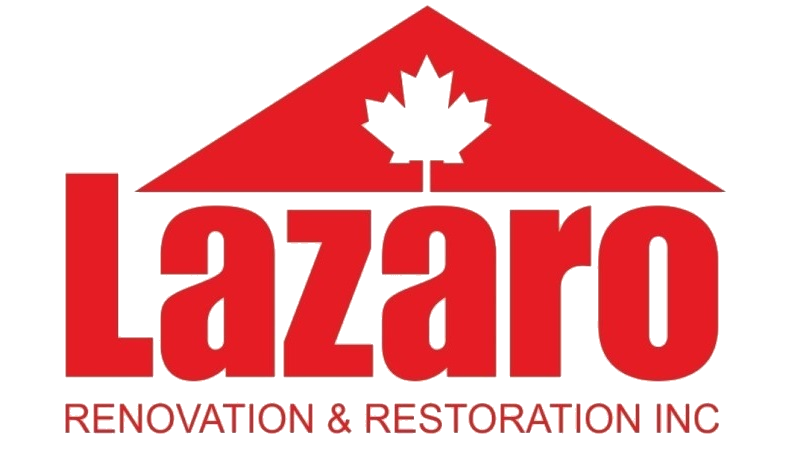What Are the Health Hazards After a Flood?
Anyone who has had a flood at home is anxious to get back to ordinary life as soon as possible. However, it is important to remember that floodwaters are usually very dirty and items that have come into contact with flood water should be handled properly. During a flood, water leaves its normal course and washes over land, and may come into contact with farmyards, manure, garbage, overflowing septic systems and other sources of contamination and disease. Flood waters can become heavily contaminated and can make people sick.
When is it safe to return home?
3d rendering. flood in brand new apartment.
You should not live in a home that has been flooded until clean-up is finished, a supply of safe water is available, and proper disposal of human waste and garbage has been arranged.
If your home is served by a public water supply system, you will be notified if, and when, your water is safe to drink. If your water supply comes from your own well, you must assume that the water is contaminated and not fit to drink without additional treatment and tests to show the water is safe.
What precautions should be taken for food safety?
The following precautions should be taken after a flood or when food comes into contact with flood waters:
Food should be destroyed unless it has been packaged in waterproof containers that can be easily cleaned and sanitized. It is hard to make food directly exposed to flood waters safe to eat, especially if it has become heavily contaminated. Washing, sanitizing and properly cooking food may not destroy dangerous bacteria and chemical contaminants.
Never eat or drink uncooked or raw foods exposed to flood waters, even if you have tried to wash and sanitize them.
Throw out boxed foods, fresh vegetables and fruit, bottled drinks and home preserves.
Throw out all perishable foods that have been at temperatures above 4°C for more than 2 hours such as, meat, poultry, eggs and dairy products.
Wash your hands often if you have been cleaning up after a flood, especially before handling or eating food.
Throw out canned goods if there is a damaged seal, bloated can, or the contents show signs of seepage. Open cans in good condition only after taking off the label, thoroughly washing the can in warm soapy water, and putting it into a sanitizing mixture. A sanitizing mixture can be made by mixing 40 mL of household bleach in 1 litre of water (5 ounces or 10 tablespoons of 5 to 6 per cent household bleach to 1 gallon of water. Remember to clearly mark the contents on the container if it will not be used right away.
Throw out previously opened bottled food and drink products because it is very hard to clean under the caps. Throw out unopened bottles if the contents show signs of seepage.
Wash with warm soapy water and then sanitize all contaminated utensils, dishes and food contact surfaces, such as drawers, shelves, cutting boards and countertops.
Water gives us life, but it can also take life and ruin everything in its path. When it comes to your home or businesses, be aware of how the following items can be affected:
Wallboard and drywall: These porous materials act like a sponge and become fragile in a flood, and may remain contaminated even after they dry out.
Plaster: This thick material may not have to be replaced but it takes a very long time to dry. If it is severely cracked or warped, it will need to be replaced.
Insulation: Foam sheets of insulation just need to be hosed off and dried, but muddy fiberglass batts should be thrown out. Cellulose insulation, made of blown-in treated paper, will need to be removed and replaced.
Solid wood: Furniture and other solid wood items may warp and crack following a flood, but they can usually be saved when dried out completely.
Particle board and laminated wood: These materials may separate and weaken after getting wet and usually need to be replaced.
Wood studs and framing: These solid pillars are usually OK if they dry completely. They must be disinfected, but don’t usually have to be replaced. They are most often far from human contact, so risks of harm from any remaining contamination are low.
Floor coverings: Most carpets and laminated coverings will have to be thrown out after a flood, especially any with soaked foam rubber backing. A professional cleaner may be able to save small rugs and valuable carpets, which should be removed from the site immediately.
Pipes and electrical wiring: Floods can float or break pipes and strip electrical wiring. Unless you’re sure you know what you’re doing, work with a contractor if you see damage to these items.
Appliances: These can be shorted out during floods and can leak harmful and explosive gases into the air. They will need to be cleaned and checked by a professional before use.
HVAC: Heater and air conditioner units can become flooded, which can damage their internal electrical systems and douse pilot lights. They can also become muddy, and cleaning them will require professional cleaning. In addition, venting systems can flood and become contaminated. If that happens, they must be taken apart and hosed off piece by piece to prevent contamination from being blown through the air.

